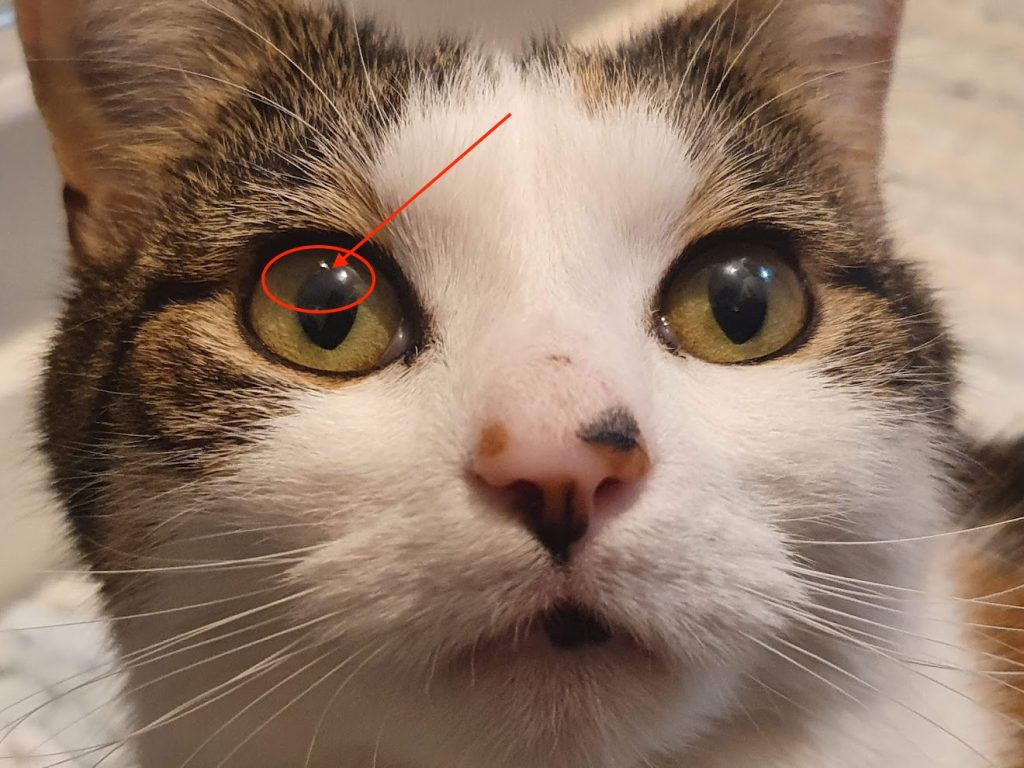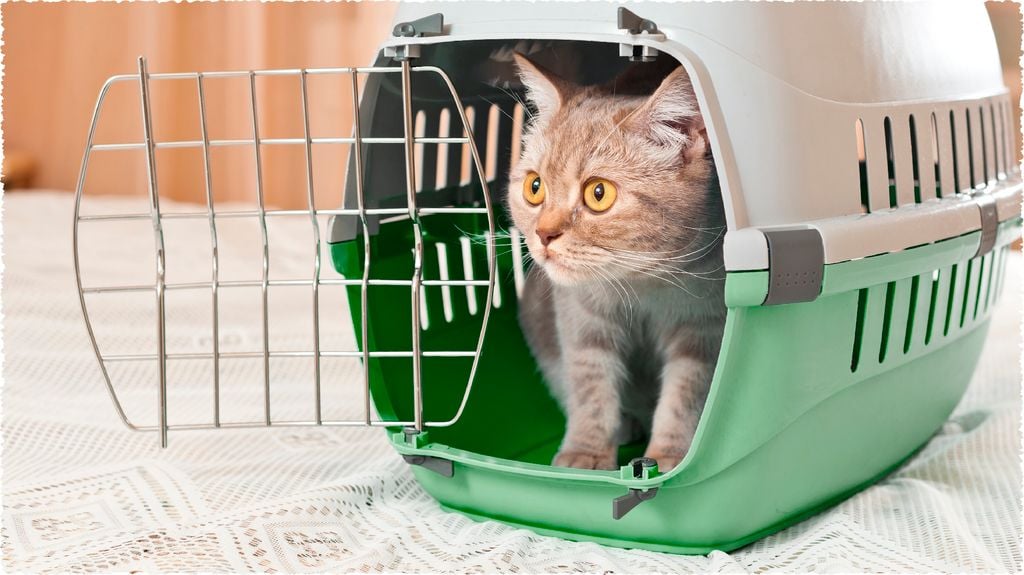Things to Do to Prevent Keratitis in Cats: A Comprehensive Guide
Keratitis in cats is a serious condition that affects the cornea of their eyes. It can cause discomfort, pain, and long-term damage if left untreated. Fortunately, by taking preventive measures and being vigilant about your cat’s eye health, you can minimize the risk of keratitis and ensure your feline friend enjoys clear and healthy vision. This article provides a comprehensive guide on how to prevent keratitis in cats, focusing on understanding the disease, recognizing potential risk factors, and taking proactive steps to protect their eyes.
What is Keratitis in Cats?
Keratitis refers to the inflammation of the cornea, the transparent, dome-shaped surface that covers the front of the eye. In cats, this condition can range from mild irritation to severe scarring of the cornea, which can lead to permanent vision impairment if not addressed promptly. Keratitis can result from various factors, including infections, injuries, underlying health conditions, or environmental irritants.
Recognizing the Symptoms of Keratitis in Cats

The symptoms of keratitis in cats can vary depending on the severity of the condition. Early detection and intervention are crucial to preventing further complications. Some common signs to watch for include:
- Redness in the eye
- Excessive tearing or discharge from the eye
- Squinting or sensitivity to light
- Cloudiness or opacity in the cornea
- Swelling around the eye
- Squinting or keeping the affected eye closed
- Behavioral changes, such as rubbing the eyes frequently
If you notice any of these signs in your cat, it’s essential to consult a veterinarian as soon as possible for proper diagnosis and treatment.
Common Causes of Keratitis in Cats
Understanding the factors that contribute to keratitis in cats is key to preventing the condition. Here are some of the most common causes:
Infections:
Bacterial, viral, or fungal infections can lead to inflammation of the cornea. The feline herpesvirus (FHV-1), which causes feline viral rhinotracheitis (FVR), is a common culprit. FHV-1 can cause recurrent outbreaks of eye problems in cats, including keratitis.
Injury or Trauma:
Scratches, abrasions, or foreign objects in the eye can cause irritation and inflammation, leading to keratitis. Cats that engage in outdoor activities or fights with other animals are at a higher risk of eye injuries.
Dry Eye (Keratoconjunctivitis Sicca):
A condition where the eye doesn’t produce enough tears, leaving the cornea dry and prone to inflammation and infection. This condition can lead to secondary keratitis if left untreated.
Environmental Factors:
Exposure to irritants such as smoke, dust, chemicals, or allergens can cause eye inflammation and increase the risk of keratitis in cats. Cats living in areas with high air pollution or in homes with smokers may be at a greater risk.
Underlying Health Conditions:
Certain medical conditions, such as feline diabetes or autoimmune disorders, can affect the immune system and make cats more susceptible to infections, including keratitis.
Preventing Keratitis in Cats: 7 Essential Tips

While it is impossible to eliminate all risks, there are several proactive steps you can take to prevent keratitis and protect your cat’s eye health. By following these preventive measures, you can reduce the chances of your cat developing this painful and potentially debilitating condition.
1. Keep Your Cat’s Eyes Clean and Free of Irritants
Maintaining a clean environment is one of the most effective ways to prevent keratitis in cats. Dust, dirt, and allergens can irritate your cat’s eyes, leading to inflammation. Regularly clean your cat’s living area and ensure that their bedding, litter box, and toys are free from harmful substances.
- Dusting: Use a damp cloth to dust surfaces in your home regularly, especially in areas where your cat spends a lot of time.
- Air quality: If possible, avoid exposure to smoke or strong chemicals around your cat. Consider using air purifiers to reduce airborne irritants.
- Outdoor exposure: If your cat is an outdoor cat, try to limit their time in areas where foreign objects, such as sticks or thorns, could get into their eyes.
2. Ensure Regular Veterinary Checkups
Routine veterinary checkups are crucial in detecting potential health issues before they become serious. Your vet can monitor your cat’s eye health and look for early signs of keratitis or other ocular conditions.
- Annual exams: Schedule an annual eye exam for your cat, especially if they are older or have a history of eye problems.
- Vaccinations: Ensure your cat is up to date on their vaccinations, particularly the feline herpesvirus vaccine, which can help prevent recurrent viral infections that lead to keratitis.
3. Protect Your Cat from Injury
Accidents and injuries are one of the leading causes of keratitis in cats. Taking steps to prevent injuries can significantly reduce the risk of this condition.
- Indoor environment: If possible, keep your cat indoors to reduce the chances of eye injuries caused by fights with other animals, car accidents, or encounters with harmful plants.
- Fencing: If your cat enjoys outdoor time, ensure that your yard is securely fenced to prevent them from wandering into areas where they might get hurt.
- Monitor play: Always supervise your cat when they are playing with toys or interacting with other animals. This will help you prevent rough play that could lead to eye trauma.
4. Manage Underlying Health Conditions
Some health conditions, such as feline herpesvirus and dry eye, can make cats more susceptible to developing keratitis. Managing these underlying issues can help reduce the risk of eye infections and inflammation.
- Feline herpesvirus: If your cat is infected with FHV-1, work closely with your vet to manage flare-ups. Antiviral medications and eye drops may help keep the virus in check.
- Dry eye: If your cat suffers from dry eye, talk to your vet about treatments, such as artificial tear drops or medications to stimulate tear production.
- Other conditions: Regular monitoring and treatment of chronic conditions like diabetes or autoimmune diseases can help prevent complications that may affect your cat’s eyes.
5. Prevent Foreign Objects from Entering the Eye
Preventing foreign objects from getting into your cat’s eyes is essential for keratitis prevention. Cats are naturally curious, and their eyes can be easily scratched by sharp objects or small debris.
- Limit exposure: Prevent your cat from coming into contact with potentially harmful objects that could scratch or injure their eyes, such as plants with sharp edges, long grass, or small debris.
- Regular grooming: Brush your cat’s fur regularly to prevent loose hair from getting into their eyes. Cats with long fur are particularly prone to this.
6. Ensure Proper Nutrition
A healthy diet can support your cat’s overall health, including their eye health. Nutrient-rich foods containing antioxidants, vitamins, and minerals can promote healthy eyes and help prevent infections and inflammation.
- Omega-3 fatty acids: Incorporate foods rich in omega-3 fatty acids, such as fish oils, to support eye health and reduce inflammation.
- Vitamin A: Ensure that your cat receives adequate amounts of vitamin A, which plays a vital role in maintaining healthy vision.
- Commercial cat food: Choose high-quality commercial cat food with balanced nutrients designed to promote overall health, including eye health.
7. Observe for Early Signs of Eye Problems
Vigilance is key to preventing keratitis in cats. Regularly check your cat’s eyes for any signs of discomfort or abnormalities. If you notice anything unusual, seek veterinary care immediately.
- Eye discharge: Monitor your cat’s eyes for any excessive tearing or discharge, which could indicate an infection or inflammation.
- Behavioral changes: If your cat is squinting, rubbing their eyes, or showing signs of discomfort, it’s important to get them checked by a vet as soon as possible.
Conclusion
Keratitis in cats is a preventable condition if proper care is taken. By keeping a clean environment, scheduling regular vet visits, protecting your cat from injury, and managing underlying health conditions, you can significantly reduce the risk of this eye disease. Early detection, along with prompt treatment, can help ensure that your cat remains comfortable and free from vision problems. Always consult your veterinarian if you suspect any issues with your cat’s eyes, and take proactive steps to promote their eye health for a happy, healthy life.
Xem thêm:

